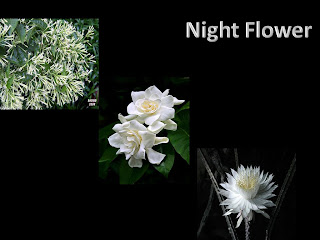
Poppy
• The Golden Poppy plant has Fern-like leaves with single flowers on a long stalk.
• Golden Poppy leaves are 3/4-4" long divided into narrow segments on long stalks.
• Golden Poppy bloom in open areas, grassy or sandy slopes.
• Golden Poppy is found in southern California to southern Washington, east to Texas.
• Golden Poppy flower is used in landscaping for a temporary spring display by scattering the seed in the fall.
• California Indians cherished the Golden Poppy as both a source of food and for oil extracted from the plant.
• The true poppy genus is Papaver, but many flowers of related genera are also called poppies.
• The milky sap of Golden Poppy's unripe seed pods is the source of opium and several other similar drugs, e.g., morphine, codeine, and heroin.
• Golden Poppy seed, also called maw seed, is not narcotic and is used as birdseed and for a flavoring or garnish in baking.
• Golden Poppy seed is also ground for flour.
• Poppy oil, derived from the Golden Poppy seeds, is employed in cooking and illumination and in paints, varnishes, and soaps.
• The Golden Poppy has been the symbol of the dead and of sleep since antiquity.
List of all State Flowers





























